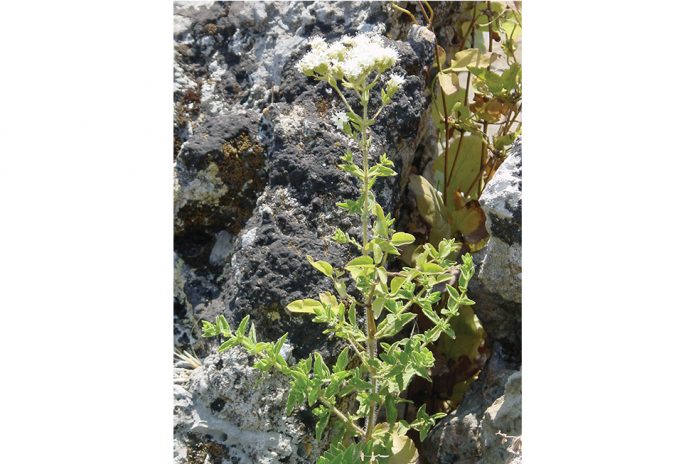By Emma Nicholson, BSc
Name of ingredient
Oil of oregano (Origanum vulgare)
Applications
Oil of oregano is taken orally to treat cold and flu viruses and applied topically to treat fungal and other types of skin infections.
Regulations
Oil of oregano is considered a natural health product (NHP) with a medicinal role. In 2012, Health Canada changed the restrictions for oregano oil, allowing an oral intake of up to 0.27 mcg/kg body weight per day. If daily exposure of carvacrol exceeds 0.23 mcg/kg body weight per day from oil of oregano in the absence of safety evidence, the oil can’t be considered a non-medicinal ingredient. Health Canada will license products with carvacrol levels at or below the safety levels, with risk statements on their labels.
Sources/Origin
Derived from the leaves of Origanum vulgare native to Asia and Europe.
Benefits
Carvacrol, a phenolic compound in oregano, has been found to be antimicrobial against various types of bacteria. It is also antifungal, antitoxigenic, insecticidal, antiparasitic and antiviral.
Format
Oil, capsules, soft gels and tinctures
Current research
Oil of oregano is possibly effective against intestinal parasites. In a study of patients with parasites Blastocystis hominis, Entamoeba hartmanni and Endolimax nana, oil of oregano was found to either completely eliminate or decline cases of parasites in most participants when administered orally. Based on studies in the lab, oil of oregano may be a useful topical fungal treatment. In vitro studies have found it prevents the growth of Candida albicans, a yeast-like fungus that causes infections in humans. Further studies have found it to be a potent food spoilage inhibitor of the fungus Aspergillus niger. Oil of oregano’s antimicrobial properties may help with the treatment of urinary tract infections caused by E. coli. A series of in vivo chicken and in vitro experiments found oil of oregano to be active against E. coli, prompting the suggestion that it may have similar effects against E.coli-related infections. Although there is less supporting evidence, research on diabetic rats suggests the extract could be antihyperglycemic without affecting insulin secretion, and therefore a possible treatment for diabetes in humans.







